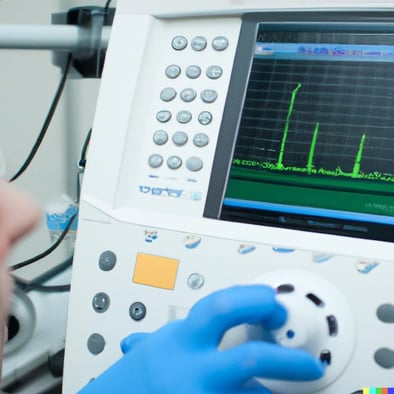
Double Data Rate (DDR) memory and LPDDR Memory (Low Power) are types of computer memory that are used in many electronic devices, including medical devices. In medical devices, DDR memory is often used to store patient data, such as medical images and test results. It is also used to run software applications that control medical devices.
It is critical to validate DDR memory in medical devices to ensure that it is reliable and accurate. Validation can help to identify and correct any potential problems with DDR memory, such as errors in data transfer or software crashes.
The Food and Drug Administration (FDA) has established guidelines for the validation of computer systems in medical devices and DDR memory is an important part of any computer based medical device or system. These guidelines are designed to help manufacturers ensure that DDR memory is safe and effective for use in medical devices.
Taking into account the FDA guidelines the following is recommended.
System requirements: The manufacturer must define the system requirements for DDR memory. This includes the type of DDR memory, the amount of DDR memory, and the speed of DDR memory.
System design: The manufacturer must design the DDR memory system in accordance with the system requirements and the JEDEC specification. This includes the selection of DDR memory components, the configuration of DDR memory, and the implementation of any software that uses DDR Memory.
System testing: The manufacturer must test the DDR memory sub-system to ensure that it meets the JEDEC specification. This includes signal integrity testing, performance testing, and protocol testing.
System documentation: The manufacturer must document the DDR memory sub-system. This includes the system requirements, the system design, the system testing results, and the system maintenance procedures.
By following the FDA's guidelines manufacturers can help to ensure that DDR memory is safe and effective for use in medical devices and avoid lawsuits if anything bad should happen.
Here are some additional benefits of validating DDR memory in medical devices:
Improved patient safety: Validation can help to identify and correct any potential problems with DDR memory, such as errors in data transfer or software crashes. These software crashes could be caused by unintentional Row Hammer events. Excessive ACT commands caused by the software can lead to undetected data corruption. Proper validation can help to improve patient safety by preventing medical devices from malfunction.
Increased efficiency: Validation can help to improve the efficiency of medical devices by ensuring that they are able to operate properly. This can lead to shorter wait times for patients and improved productivity for healthcare providers.
Reduced costs: Validation can help to reduce the costs associated with medical devices by preventing recalls and warranty claims. This can save manufacturers money and help them to maintain a competitive edge.
Overall, validation of DDR memory in medical devices is an important step in ensuring that medical devices are safe, effective, and efficient. Here are some additional tips for validating DDR memory in medical devices:
- Use a qualified testing laboratory, such as FuturePlus Systems. A qualified testing laboratory will have the experience and expertise to test DDR memory in a medical device environment.
- Document the validation process. The validation process should be documented in detail to ensure that it can be repeated and verified. FuturePlus Systems provides a detailed report of all testing and the results.
- Maintain the validation records. The validation records should be maintained for the life of the medical device.
By following these tips, manufacturers can help to ensure that DDR memory is validated in a comprehensive and consistent manner.
Need help validating your DDR Memory Subsystem? Give us a call.

